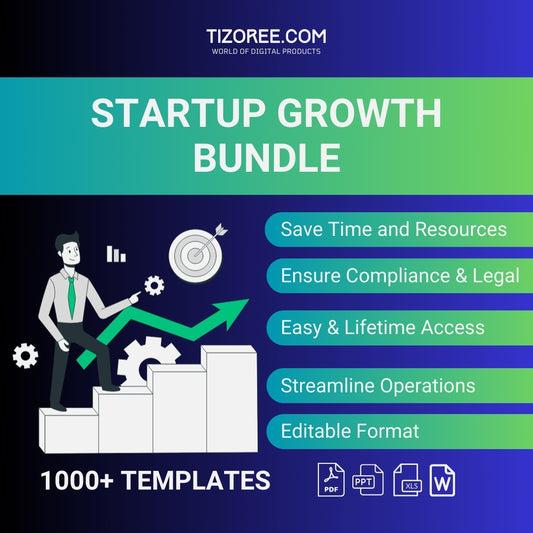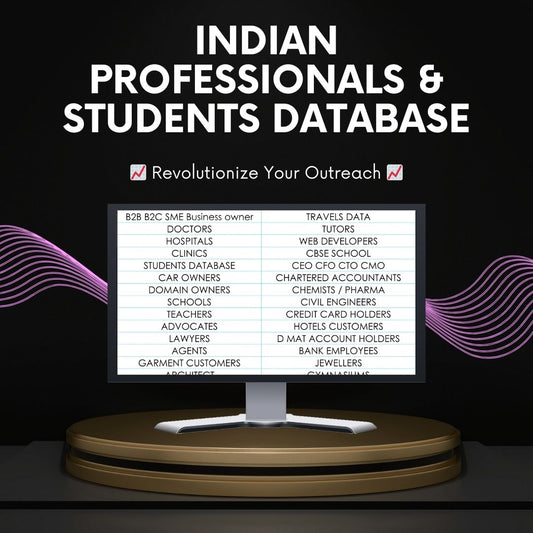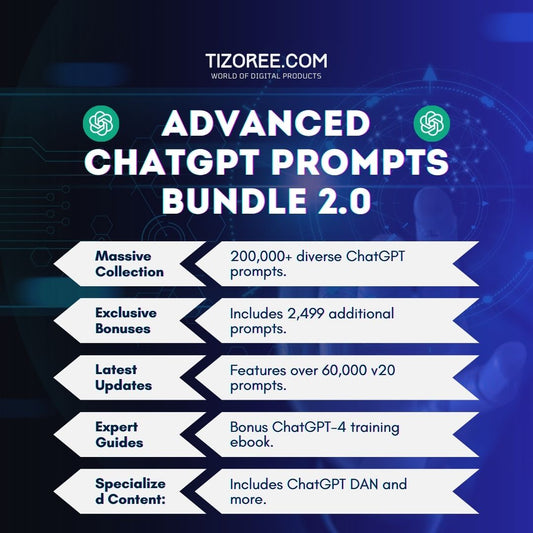Understanding Programmatic SEO: A Comprehensive Guide
Share
Programmatic SEO is revolutionizing how websites can generate traffic and revenue. In this blog, we will dive deep into the concept of Programmatic SEO, its benefits, and practical steps to implement it effectively.
What is Programmatic SEO?
Programmatic SEO is a strategy that automates the creation of web pages based on keywords and data analysis. This method allows businesses to generate large volumes of content efficiently, targeting various keywords without the need for extensive manual efforts.
The primary goal of Programmatic SEO is to rank higher on search engines by creating optimized landing pages that cater to specific user queries. By leveraging automation, businesses can scale their content creation efforts significantly, leading to more organic traffic and potential revenue.
Why is Programmatic SEO Important?
The importance of Programmatic SEO lies in its ability to streamline the content creation process while maximizing visibility on search engines. Here are some key benefits:
- Efficiency: Automating page creation saves time and resources.
- Scalability: Easily create a large number of pages targeting various keywords.
- Cost-Effectiveness: Reduces the need for extensive manpower in content creation.
- Consistent Traffic: By targeting multiple keywords, the likelihood of attracting visitors increases.
Steps to Implement Programmatic SEO
To successfully implement Programmatic SEO, follow these essential steps:
Step 1: Conduct Keyword Research
The foundation of Programmatic SEO is thorough keyword research. Identify relevant keywords that are likely to drive traffic to your site. Use tools to analyze search volume and competition.
You can create an Excel sheet to organize your keywords and their variations, allowing for easy tracking and management.
Step 2: Create a Template
Design a page template that can be easily modified for different keywords. This template should include sections for titles, headings, and meta descriptions, ensuring that each page is unique and optimized for SEO.
Step 3: Automate Content Creation
Utilize automation tools to generate content based on your keyword template. This can include using AI tools to create unique articles or using scripts to pull data from your keyword sheet and populate your templates.
Step 4: Publish and Optimize
Once your pages are created, publish them on your website. Monitor their performance and make necessary adjustments to improve rankings. This may involve tweaking titles, descriptions, or content based on performance metrics.
Common Mistakes to Avoid
While implementing Programmatic SEO, be cautious of the following pitfalls:
- Thin Content: Ensure that each page has valuable content to avoid being penalized by search engines.
- Over-Automation: Relying too heavily on automation without human oversight can result in low-quality content.
- Ignoring User Intent: Always consider the search intent behind your keywords to ensure your content meets user needs.
Monetizing Your Traffic
Once your website begins to attract traffic, the next step is monetization. Here are some effective methods:
- Ad Networks: Use platforms like Google AdSense to display ads on your site.
- Affiliate Marketing: Promote products or services and earn commissions on sales generated through your site.
- Sponsored Content: Collaborate with brands to create sponsored posts that align with your audience's interests.
Conclusion
Programmatic SEO offers a powerful way to enhance your online presence and drive traffic to your website. By automating content creation and focusing on strategic keyword targeting, you can effectively increase your visibility on search engines and monetize your traffic.
As you embark on your Programmatic SEO journey, remember to stay adaptable and continuously refine your strategies based on performance. With dedication and the right approach, you can achieve significant results and enhance your online success.



